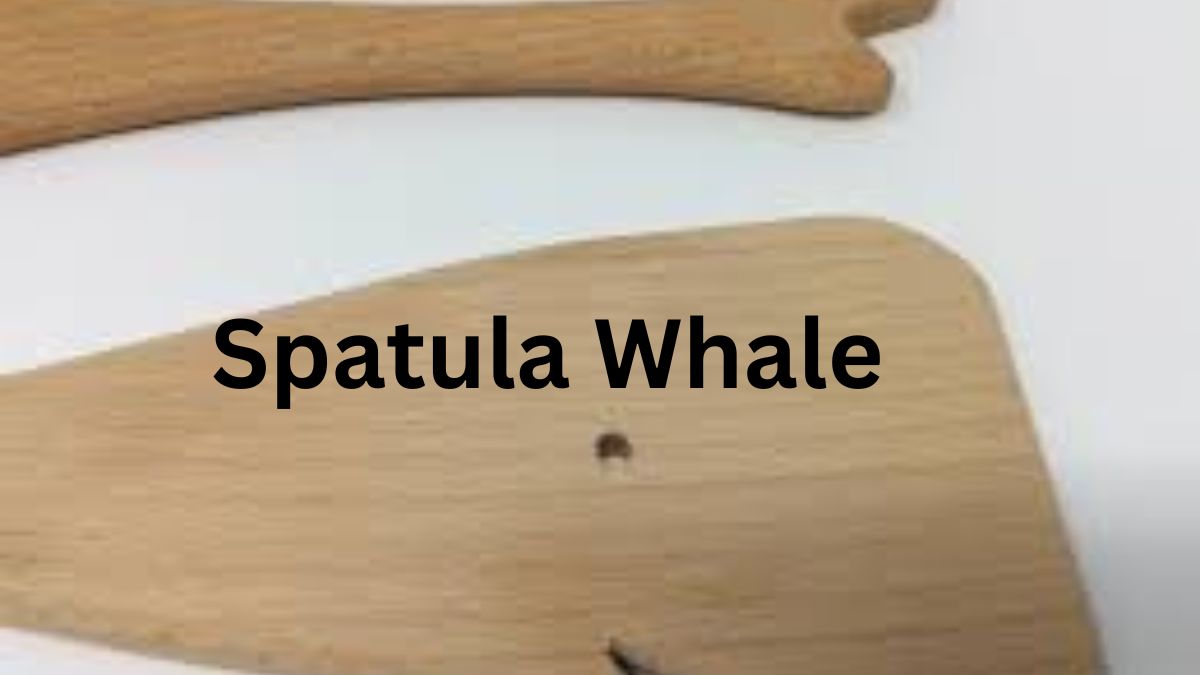Welcome, ocean enthusiasts and curious minds alike, to the enchanting realm of the Spatula Whale! Prepare to dive deep into the mysterious waters where this unique marine creature roams. From its intriguing physical features to its captivating behaviors, join us on a journey to discover all there is to know about the fascinating Spatula Whale. Let’s explore together and uncover the secrets of this majestic species that inhabits our vast oceans.
Physical Characteristics and Habitat
The Spatula Whale, also known as the “spoon-billed whale,” is a unique marine creature with distinct physical characteristics. Its most notable feature is its elongated, spatula-shaped rostrum that sets it apart from other whale species. This specialized appendage helps the Spatula Whale in feeding and navigating through its habitat.
These fascinating creatures can be found in the deep waters of the Pacific Ocean, particularly in areas with abundant krill populations. The Spatula Whale prefers colder waters and often migrates seasonally to follow their prey’s movements.
In addition to their distinctive rostrum, Spatula Whales have sleek bodies designed for efficient swimming. Their streamlined shape enables them to move gracefully through the water as they search for food. Despite their size, these whales are agile swimmers capable of diving to impressive depths in pursuit of krill and small fish.
The physical characteristics of the Spatula Whale reflect its adaptation to a specific oceanic habitat where it thrives alongside other marine lifeforms.
Diet and Feeding Habits
The diet of the Spatula Whale is diverse and intriguing, reflecting its adaptability to different marine environments. These majestic creatures primarily feed on small fish, squid, and krill found in deep ocean waters. With their unique spatula-shaped mouths, they scoop up their prey with precision and grace.
Spatula Whales are known for their efficient feeding habits, often working together in groups to herd schools of fish or trap swarms of krill. Their coordinated efforts during feeding demonstrate a high level of intelligence and social behavior among these enigmatic marine mammals.
Despite their size, Spatula Whales are agile hunters capable of swiftly capturing fast-moving prey. They use a combination of stealthy approaches and sudden bursts of speed to outmaneuver their targets underwater.
Their feeding rituals not only sustain the individual whales but also play a crucial role in maintaining the delicate balance of the marine ecosystem. Observing these magnificent creatures in their natural habitat offers a glimpse into the fascinating world of oceanic predators at work.
Behavior and Communication
Have you ever wondered how Spatula Whales behave and communicate in their marine environment? These fascinating creatures exhibit complex social behaviors, often seen swimming gracefully in pods along the ocean currents.
Spatula Whales are known to be highly vocal animals, using a series of clicks, whistles, and pulsed calls to communicate with one another. Their intricate vocalizations can travel long distances underwater, allowing them to stay connected even in vast oceans.
When it comes to behavior, Spatula Whales are curious beings, often displaying playful antics such as breaching the water’s surface or slapping their flippers against the waves. They also showcase remarkable intelligence when hunting for prey or navigating through their underwater world.
Observing these majestic creatures interact with each other and their surroundings is truly a captivating experience that highlights the beauty and complexity of marine life.
Reproduction and Life Cycle
The reproduction and life cycle of the Spatula Whale are truly fascinating. These majestic marine creatures typically reach sexual maturity between 8 to 12 years of age, depending on their gender. Once mature, they engage in elaborate courtship rituals that can involve breaching, singing complex songs, and even presenting gifts of fish.
Mating usually occurs during the warmer months when Spatula Whales gather in breeding grounds to find suitable partners. After mating successfully, female Spatula Whales undergo a gestation period of about 10-12 months before giving birth to a single calf. The bond between mother and calf is strong, with the mother caring for her offspring diligently for up to a year before weaning them.
Spatula Whale calves are born already equipped with essential survival skills like swimming and diving techniques taught by their mothers from an early age. As they grow, young Spatula Whales learn social behaviors from interacting with other members of their pod while adapting to their ocean environment independently over time.
Threats to the Spatula Whale
As fascinating as the Spatula Whale is, it faces various threats in its marine environment. One of the major concerns for these gentle giants is habitat loss due to human activities such as coastal development and pollution. The degradation of their natural habitats can disrupt their feeding and breeding patterns, putting the species at risk.
Another significant threat to the Spatula Whale is entanglement in fishing gear. These whales often get caught in nets or lines, leading to injuries or even death. Climate change also poses a danger to their existence, affecting sea temperatures and food availability.
Furthermore, underwater noise pollution from ship traffic and industrial activities can interfere with the whale’s communication and navigation abilities. This disturbance can disorient them and lead to fatal collisions with ships.
It’s crucial for us to address these threats collectively through conservation efforts to ensure the survival of this unique marine creature for generations to come.
Conservation Efforts
Conservation efforts for the Spatula Whale are crucial to ensure the survival of this unique marine creature. Various organizations and researchers are working tirelessly to protect their habitat and promote sustainable practices in the oceans.
One key focus of conservation efforts is reducing pollution in the waters where Spatula Whales reside. Plastic waste, oil spills, and other pollutants can have devastating effects on these gentle giants and their ecosystem.
Another important aspect of conservation is raising awareness about the importance of preserving biodiversity in our oceans. Educating communities, policymakers, and industries on how their actions impact marine life is essential for long-term protection.
Efforts also include monitoring Spatula Whale populations through research programs to better understand their behaviors, migrations, and population trends. This data helps inform conservation strategies and management plans moving forward.
Interesting Facts and Myths
Did you know that the Spatula Whale gets its name from the unique shape of its fluke, resembling a kitchen spatula? This distinct feature sets it apart from other marine mammals and makes it easily recognizable in the vast ocean.
Despite their large size, Spatula Whales are known to be gentle giants, often displaying curious behavior towards human divers. Their playful nature has captivated many marine enthusiasts who have had the privilege of encountering them in the wild.
There are numerous myths surrounding the Spatula Whale among seafaring communities. Some believe that sighting a Spatula Whale brings good luck and prosperity to fishermen, while others tell tales of these creatures guiding lost ships back to safety during treacherous storms.
As elusive as they may seem, studying these majestic beings reveals just how intricate and mysterious their world truly is. The more we uncover about the Spatula Whale, the more we realize there is still so much left to learn about these enigmatic creatures roaming our oceans.
How to Observe Spatula Whales
Ready to embark on a thrilling adventure to observe the majestic Spatula Whales in their natural habitat? Here are some tips to enhance your chances of spotting these unique marine creatures.
First, choose a reputable tour operator with experienced guides who know the best locations for sighting Spatula Whales. Be prepared for early mornings as these whales are typically more active during dawn and dusk.
Pack binoculars and a camera with a good zoom lens to capture memorable moments from a safe distance without disturbing the gentle giants. Remember to respect their space and avoid any sudden movements or loud noises that could scare them away.
Keep an eye out for distinctive spade-shaped tails breaking through the surface of the water, indicating the presence of Spatula Whales nearby. Patience is key – observing wildlife in their natural environment requires time and quiet observation.
Cherish each moment spent observing these fascinating creatures and appreciate the privilege of witnessing them in their ocean home. Happy whale watching!
Conclusion
The Spatula Whale is truly a remarkable marine creature that captivates with its unique physical characteristics, intriguing behavior, and vital role in the ecosystem. By understanding and appreciating these magnificent animals, we can work towards their conservation and ensure that future generations have the opportunity to marvel at the beauty of the Spatula Whale in the wild. So let’s continue to explore, protect, and cherish these fascinating beings that roam our oceans – for they are a true wonder of nature.






